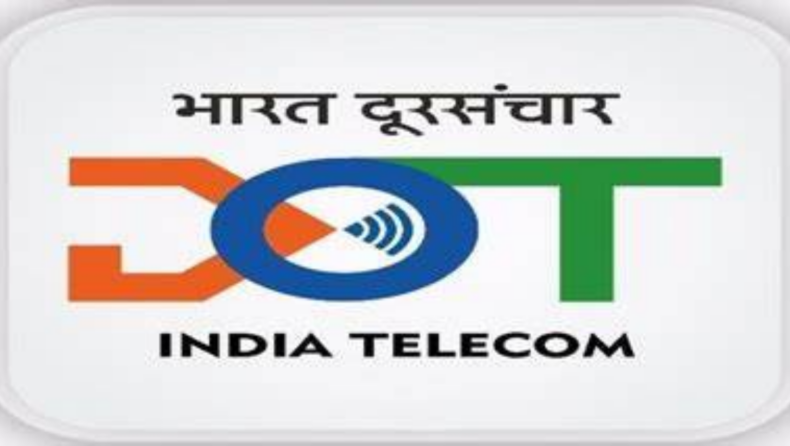Department of Telecommunication working on addressing Spectrum issues

The spectrum issues concerning critical airwaves, allotment, auction, reservation of the scarce natural resource, and similar issues are included to be resolved. This is to be done by the Department of Telecommunications (DoT) under the New Wireless and Spectrum Act. The title is just a working title and not the actual law itself. It is tentative.
The proposed Act will be replacing the old India Wireless Act in 1933 by the then Ministry of Communication. Not only DoT but also the Department of Space, Home Affairs, and the defense Ministry is to work on the law. It is to be presented in the Parliament during the monsoon session of this ongoing year.
What is The Indian Wireless Telegraphy Act, 1933?
The title of the act was ‘The Indian Wireless Telegraphy Act, 1933’. The long title act is ‘An Act to regulate the possession of wireless telegraphy apparatus.’ The apparatus is nothing but any apparatus, appliance, material, or the instrument used in wireless communication. This includes the Radio waves, but not any apparatus, appliance, material, or the instrument used for electrical purposes. The act prohibited any individual’s possession of wireless telegraphy apparatus unless otherwise owning a license issued under the act.
The apparatus with an absence of any ostensible owner or the ones confiscated by the Central Government shall be the property of the Central government henceforth.
What issues will the new law address?
The tentatively titled act will draw a roadmap to wireless communications such as mobile, satellite, and will also cover the defense concerning the global practices and standards. This comes in after the industry demands clarity over spectrum allocation and auction for a very long time now.
Every telco, not Airtel included, suggests that the spectrum should be auctioned to maintain transparency and the level of working in the field. The 5G auction is to be held in May of this year and the conflict is raising about the reserve prices.

The Supreme Court has directed the lawmakers to formulate the law in such accordance that could be auctioned. With the launch of 5G in the country, the telcos, and tech companies are in a debate for high data services and access to a high-value spectrum while the sector regulator is working on recommending an auction. On the other hand, the satellite communicators believe that to make more sense in the future, and since this is going to be something of global practice the auction should be conducted administratively. The Telecom Regulatory Authority of India (TRAI) in its recommendations may bring more clarity to the ongoing situation.
Key Highlights:
· The main purpose is to bring clarity to the various spectrum issues faced.
· The model is adapted from the United States’ Communication Act in the year 1934.
· Gives Government the power to allocate or auction airwaves, whichever is suitable for the hour.
· This makes the defense ministry the only ministry to own spectrums that are globally deployed commercial.
· Supersedes several Supreme Court orders and addresses litigation in the industry.
The older version of the act fails to address various problems related to the spectrum. It talks more about ownership and possession whereas the law that is going to be formulated will address the latest issues in the industry. The previous act did not mention the auction or allocation by the Central government but the terms under which the government could cease the working of the wireless communications. With the concept of the auction in play, drafting a law of global standards will be a task for policymakers. It would be interesting to know if the law could resolve all the issues mentioned with keeping in mind the Supreme Court’s order.
Published : Gargi Sharma
Edited : Aradhana singh













